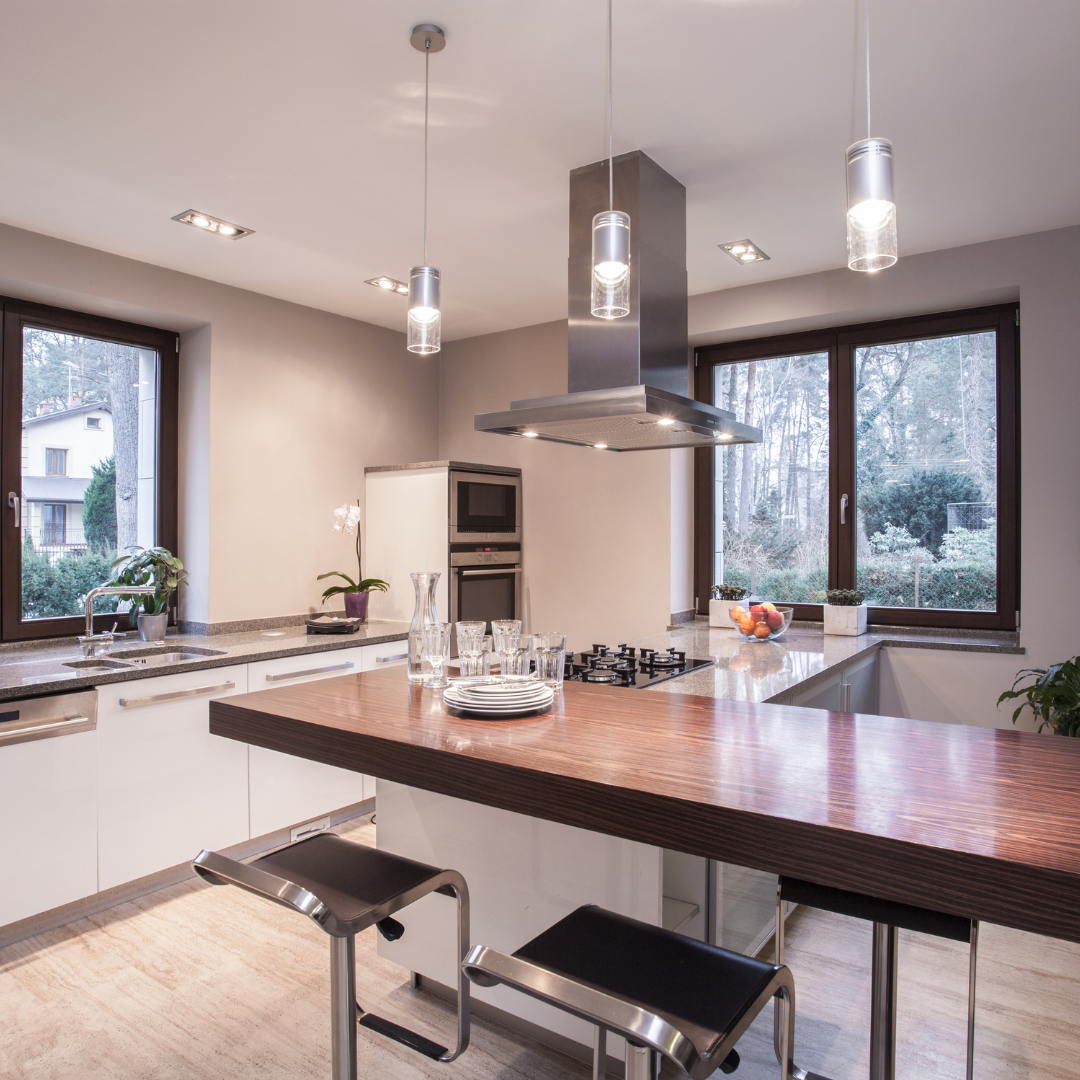The right lighting is imperative to creating the right atmosphere, a feeling of coziness and intimacy in your home. This is because lighting can make or break the appearance of a space and the general mood experienced by the occupants of the home.
Here are a few tips to help you select and implement the right lighting solutions for your home.
Start with a lighting plan

The only way to succeed in anything you do is to plan well and improve the plan as you go along. Create a mini-brief or a lighting plan that accounts for the essential parts and functions of different light sources for the rooms in your home.
Start by thinking about what activities take place in each room, and any key features you may want to highlight. Creating a plan will also help you account for any architectural boundaries and obstacles that are likely to affect lighting.
Early planning is the key to reducing the likelihood of unforeseen challenges and rushed last-minute decisions.
Bring in natural light

There is no better feeling than having natural light fill up your home during the day, as there is no replacement that is good enough. Regardless of the season, the bright light from the outdoors and the heat from the sun can benefit your home in many ways.
Apart from injecting a dose of positive energy, natural light plays a huge part in keeping mold and odors away.
Therefore, keep your curtains parted during the day and install glass doors where possible to extend the reach of natural light into the home.
You can further make the most of natural light by placing tall mirrors strategically around open spaces. Also, you may want to consider getting rid of dark and heavy curtains and replacing them with bright colors and light fabrics.
It is generally a good idea to maximize the amount of natural light flowing into your home by keeping windows clean. This is a simple and effective tip that makes a really big difference.
Consider the purpose of the room to settle on the right lighting

Every room in the house serves a distinct purpose and the lighting you install should match the purpose. For example, lights in a living room should be appropriate for unwinding after a long day at work and entertaining guests. Therefore, it should have a visually appealing focal point like a chandelier or a pendant light and should be set to a dimmer switch so that the brightness is adjustable.
Dimmers have the added benefit of providing energy-efficient light solutions since you can easily adjust the brightness and the atmosphere of a room.
On the other hand, the kitchen requires more concentrated lighting for clear vision, so consider bright downlights that can take the form of pendants or can be built into cabinets and shelves.
If you have a home library or a reading nook, ensure you have directional and adjustable lighting. This can be a desk lamp or a large standing lamp that looks over an armchair.
Powder rooms benefit from a mixture of sidelights and overhead lights.
Layering your lighting

Consider taking a layered approach to lighting your home which involves using different light sources installed at different levels of a room. A well-layered lighting solution will create interest and the ideal ambiance within the room.
Using multiple sources of light is also a good way of making a room flexible and versatile. This is because you can turn off a particular set of lights and rely on a chosen set depending on the activity taking place in the room at any given time.
Layering your lights will also help you maximize the shape and size of a room. Up-lighting makes a room feel larger, while low-hung pendants create the illusion of taller ceilings. Installing multiple clusters of lighting can make a large room feel cozier and more intimate.
Designers recommend using a mixture of lights mounted at different heights such as overhead lights, wall-mounted lights, table lamps, and standing lights.
You can opt for a dramatic set of pendant lights as your main light source, and pair them with statement table lamps to layer in a different source of light that creates the right atmosphere for family meals and conversations.
These options will allow you to create character and vary the amount of light depending on the time of day, the season, and any particular mood you may want to create.
Choose the correct types of bulbs

The bulb you choose for different parts of the home should be more than an afterthought. Consider the following when choosing bulbs for the rooms in your house.
- How bright do you want the space to be? This will determine the watts you pick.
- Energy efficiency of the bulbs
- What atmosphere are you trying to achieve? This will determine the color temperature of the bulbs.
- Is it for a functional light or for accent lighting?
- The design or focal statement you are trying to make. This will determine the scale, color, shape, and direction of the light emitted by individual bulbs.
Choose your focal points
Create a focal point in large open spaces with an interesting and eye-catching light design like a chandelier or a pendant light. You can hang these fixtures at the center of a dining table or living room. This will draw people in to create an inviting scene for enjoying meals and socializing.
You can use specific light fixtures to highlight favorite features of the home like an architectural element, a vase, some artwork hung on a wall, or any other key possession.
A good example of how to do this is by mounting several wall lights arranged on either side or above a statement mirror or a piece of art. This adds some warmth, elegance, and sophistication to the space.
Conclusion
Remember that the lighting in your home correlates with other elements such as design choices, color schemes, and material finishes. Try to keep these consistent, granted that designers note how less is more when it comes to lighting.
Once you have a lighting plan in place, compare it to the information available on the internet and the advice of design experts. These tips will ensure that you end up with a lighting solution that adds visual appeal to the home and makes the spaces feel comfortable, functional, and well-lit.






Leave a comment
This site is protected by hCaptcha and the hCaptcha Privacy Policy and Terms of Service apply.